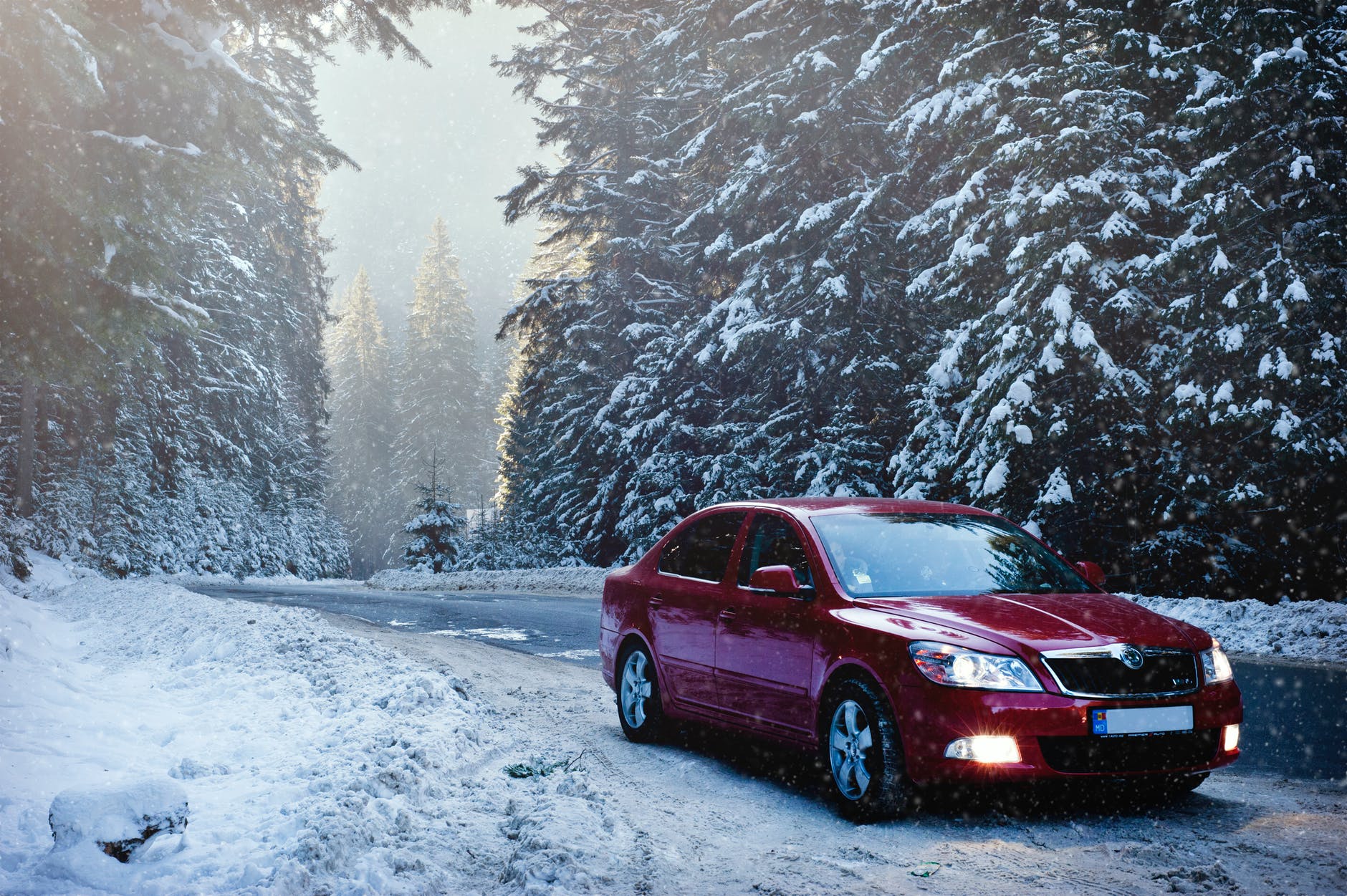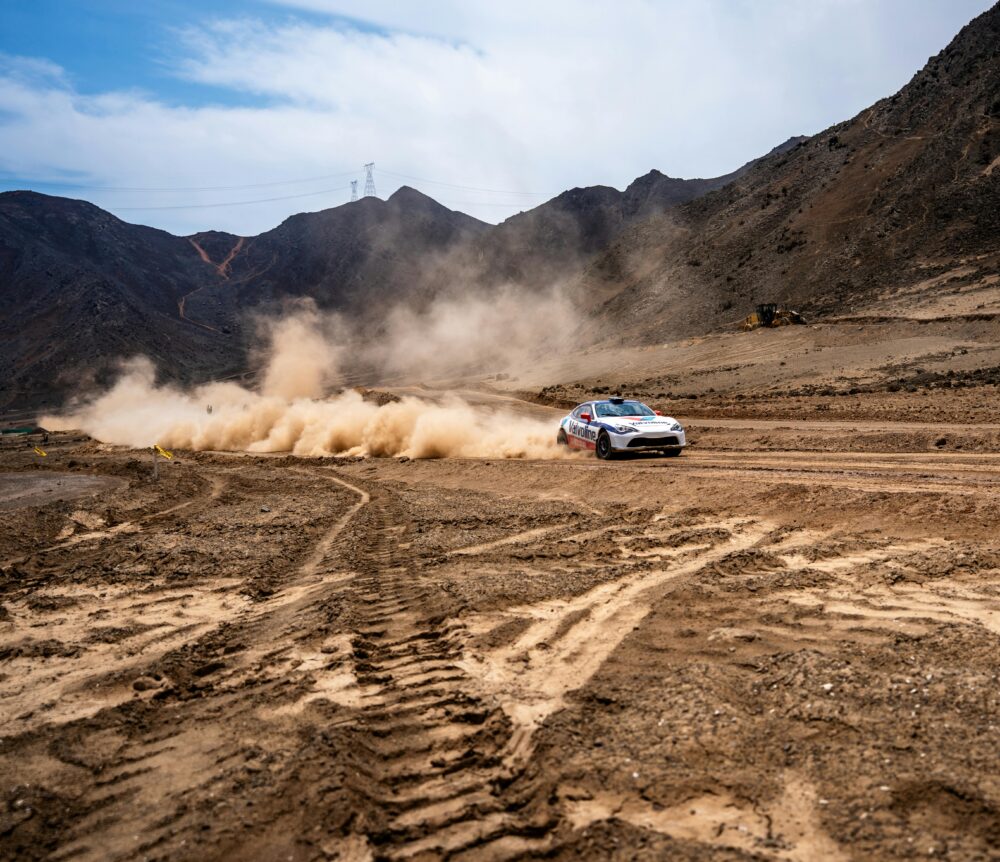
Photo by Alexandr Podvalny on <a href="https://www.pexels.com/photo/red-sedan-in-the-middle-of-forest-376361/" rel="nofollow">Pexels.com</a>
Everyone loves the white crystals that fall from the sky during winter. It offers unlimited entertainment in the form of skiing, sledding, and building snowmen and, while snow is soft and can melt on the hands, it brings dangers too, specifically for road users. Icy roads are different surfaces that need different thinking when handling the wheels or the pedals. Snow and ice can make traveling a treacherous experience.
Here are some driving tips that will increase the likelihood of arriving at your destination comfortably and safe:
Never Skip Vehicle Maintenance
Do the first things first. Before the winter temperatures heat below zero, schedule a maintenance check-up for your car. Before hitting the icy roads, it is vital to make sure that your car’s tire pressure and the tires, belt and horses, battery, oil, radiator, brakes, lights, wipers, defrosters, and the ignition system are all working as they should be.
Low tire pressure can result in steering problems. The brakes must also be able to pick up enough resistance to avoid sliding off the road.
Keep Enough Distance Between you and Other Vehicles
Usually, the first thing that we do when the road gets slippery is to hit the brakes. Abrupt braking only works when the road is grippy. Don’t miscalculate the distance between you and another car; you might end up losing control and crashing into the car in front of you.
Rear-end car collisions can be deadly, especially if a truck is involved. In case you get into an accident involving a truck, get the help of a truck accident lawyer. To be on the safer side, reduce your speed to slow down your motion and avoid crashing onto other vehicles.
Look Far Forward
Look further as the road tends to get more slippery. You have to anticipate what to do next and slow down for any turns. Driving on snow or ice calls for extra alertness, make sure that you twice the stopping distance when the road is wet, triple the distance when on snow, and even more when driving on ice.
Assess your Traction
You need to make sure that your car tires have enough tread for snow or icy roads. On the wet winter roads, tires start to lose traction long before one even realizes.
Enough tread depth is significant for tires to grip wet and snow-covered roads. You can use your anti-lock brakes system to evaluate how much traction you have on snow-covered roads.
To assess the traction you have, make sure that there are no cars close to you, then apply brakes gently, do this while driving in a straight line. Whenever you feel the brake prattling underfoot but then notice minimal slowing down, this means that the ABC has activated; be sure that the road underneath you is slippery. The ability to slow down at a reasonable speed without the ABC activating means that the road is grippy.
Conclusion
Snow can be fun when it comes to entertainment, but dangerous when driving. Driving on snow needs a lot of keenness; therefore, drivers need to focus on making smooth inputs, especially when driving uphill and braking. Abrupt braking can lead to the vehicle losing traction and slipping out of the road. Make sure that you have a car safety checkup before hitting the icy road.


